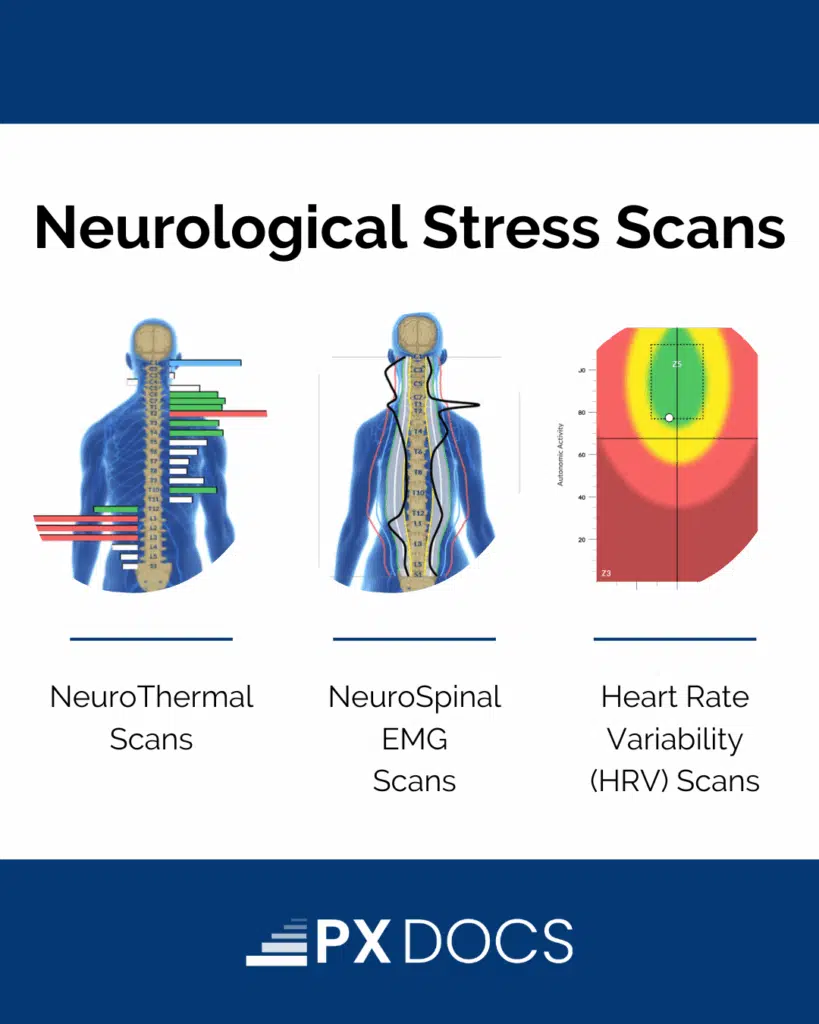For parents, few things are more unsettling than seeing their child in pain. Ear infections, one of the most common childhood ailments, affect five out of six children before their third birthday. Recurrent ear infections can be especially frustrating, leading to countless sleepless nights, missed school days, and a never-ending cycle of antibiotics.
While bacteria and viruses are often blamed for ear infections, there may be another culprit lurking beneath the surface: allergies. Studies have shown that children with allergic conditions, such as hay fever or food sensitivities, are more likely to experience frequent ear infections.
The constant discomfort and hearing difficulties caused by chronic ear infections can take a toll on a child’s quality of life, hindering their ability to learn, communicate, and thrive. Parents, in their search for answers, may find themselves shuttling between pediatricians and Ear, Nose, and Throat specialists (ENTs), only to be met with temporary solutions and a growing sense of helplessness.
But what if there was a way to break free from this cycle? By understanding the hidden link between allergies and ear infections and embracing a neurologically-focused approach to care, parents can empower themselves to address the root cause of their child’s suffering.
The Allergy-Ear Infection Connection
For parents seeking to understand the question, “Can allergies cause ear pain?” It’s essential to examine the anatomy of the ear and its connection to the upper respiratory system. The middle ear is connected to the back of the throat by the Eustachian tubes, which are responsible for equalizing pressure and draining fluid from the ear. When seasonal allergies strike, they can wreak havoc on this system.
Allergic reactions trigger inflammation and congestion in the nasal passages and Eustachian tubes, creating a blockage that prevents proper drainage. This buildup of fluid in the middle ear provides an ideal breeding ground for bacteria and viruses, leading to infections. In fact, research has shown that children with allergic rhinitis are twice as likely to develop ear infections as those without allergies.
Several common allergies have been linked to an increased risk of ear infections, including:
- Allergic rhinitis: Triggered by allergens such as pollen, dust mites, or pet dander, allergic rhinitis causes inflammation in the nasal passages and can affect the Eustachian tubes.
- Food allergies: Allergies to cow’s milk, dairy products, or other foods can cause an inflammatory response and increase mucus production, leading to congestion and fluid buildup in the middle ear.
- Environmental allergies: Exposure to mold, dust mites, or pet dander in the home or school environment can contribute to chronic inflammation and recurrent ear infections.
The signs of ear infections caused by allergies can range from mild to severe and may include:
- Ear pain and pressure
- Fluid discharge from the ear
- Hearing loss or muffled hearing
- Dizziness or balance issues
- Fever and general fatigue
If left unaddressed, chronic ear infections can lead to more serious complications, such as ruptured eardrums, hearing loss, and even speech and language delays in young children. Recognizing the role of allergies in ear infections is crucial for developing an effective, long-term solution that goes beyond management.
The “Perfect Storm” Factors Contributing to Nervous System Dysregulation
While allergies play a significant role in the development of ear infections, they are just one piece of a larger puzzle. To fully understand the root cause of allergy ear infections, we must dive deeper into the concept of the “Perfect Storm“— a combination of factors that can lead to nervous system dysfunction and, consequently, a heightened susceptibility to illness.
At the heart of the “Perfect Storm” lies birth trauma, a term that encompasses the physical strain and injury that can occur during the birthing process. Interventions like forceps, vacuum extraction, and cesarean sections can exert significant pressure on an infant’s nervous system, especially in the neck and brainstem, leading to nervous system dysfunction and potential health issues later on.
As children grow and develop, they may face a barrage of early childhood stressors that further compromise their nervous system function. Chronic stress, whether emotional or environmental, can keep the body in a constant state of “fight or flight,” taxing the nervous system and weakening the immune response.
Additionally, exposure to toxins, nutritional deficiencies, and other environmental factors can contribute to the “Perfect Storm,” exacerbating the effects of birth trauma and leading to a state of nervous system dysregulation.
Central to this dysfunction is the concept of subluxation, which involves misalignment, fixation, and neurological interference within the neurospinal system. Subluxation disrupts how the nervous system coordinates key functions—including immune response and fluid drainage in the ears. This interference can make it harder for the body to fight off infections and properly drain fluid, contributing to recurrent or chronic ear infections in children.
Understanding the “Perfect Storm” and its impact on the nervous system highlights chronic ear infections as part of a bigger issue. A neurologically-focused approach to addressing subluxation and nervous system dysfunction is crucial for breaking the cycle of recurrent infections and promoting long-term health.
The Role of the Vagus Nerve in Immune Regulation and Inflammation
The vagus nerve is essential in regulating immune function and inflammation within the nervous system. It extends from the brainstem to the abdomen, connecting the brain to various organs. As part of the parasympathetic nervous system, it supports “rest, regulate, and digest” functions to maintain homeostasis and healing.
A key role of the vagus nerve is controlling inflammation through the cholinergic anti-inflammatory pathway. When functioning well, it releases acetylcholine, which binds to receptors on immune cells to reduce pro-inflammatory cytokine production, preventing excessive inflammation and aiding tissue repair.
However, when vagus nerve dysfunction occurs, this delicate balance is disrupted. The inability of the vagus nerve to effectively regulate inflammation can contribute to the development and persistence of chronic ear infections. Without the proper “rest, regulate, and digest” regulation, the immune system may become overactive, leading to a heightened inflammatory response and increased susceptibility to infections.
Vagus nerve dysfunction also affects the gut-brain axis, disrupting communication between the central nervous system and the gut. This can lead to immune dysregulation and inflammation, increasing the risk of ear infections. Supporting vagus nerve function is essential for addressing allergy ear infections, and chiropractic adjustments, especially in the upper cervical region, can help restore proper signaling along the vagus nerve pathway.
It’s important to understand that the vagus nerve is especially vulnerable to birth trauma and environmental toxins. This early impact can set the stage for cycles of immune challenges in children—and can also contribute to later difficulties with sensory processing, emotional regulation, anxiety, and overall nervous system function.
Additionally, lifestyle factors such as deep breathing exercises, meditation, and stress reduction techniques can help stimulate the vagus nerve and temporarily promote a balanced parasympathetic nervous system response. But in the next section, we’ll discuss the most potent way to heal and restore the vagus nerve when subluxation is in the way.
Understanding the role of the vagus nerve in immune regulation helps us see the link between the nervous and immune systems in chronic ear infections. Addressing vagus nerve dysfunction is key to promoting long-term health and resilience.
The PX Docs Approach of Neurologically-Focused Chiropractic Care
We understand the frustration and helplessness that parents feel when their child suffers from chronic ear infections. That’s why we have developed a unique, neurologically-focused approach to care that addresses the root cause of the issue, rather than simply managing it.
Central to our approach is the use of INSiGHT scans, a cutting-edge technology that enables us to assess a child’s nervous system function and identify areas of subluxation and dysfunction. By pinpointing the exact locations of interference, we can create personalized care plans that target the specific needs of each child.

Clinical experience has shown the benefits of this approach for children struggling with chronic ear infections. Regular Neurologically-Focused Chiropractic Care has been associated with a significant reduction in the frequency and severity of ear infections, as well as improved overall health and resilience.
The approach at PX Docs is particularly powerful for healing and repairing the vagus nerve. By addressing subluxation and restoring proper nervous system function, we help the vagus nerve operate optimally, so the body can respond, recover, and regulate more effectively. This targeted care not only helps reduce chronic stress and inflammation but also strengthens the body’s natural ability to recover, regulate, and build resilience—helping children break cycles of recurring illness and thrive.
Preventive Strategies and Care Management
While seeking professional care is essential, parents also play a crucial role in promoting their child’s health and preventing chronic ear infections. One key strategy is identifying and managing allergies through proper testing and avoidance of triggers. Nutritional interventions, such as consuming anti-inflammatory foods and supporting gut health, can also help bolster the immune system.
However, keep in mind that we’ve seen countless parents come to us after trying every diet change, supplement, and natural remedy imaginable, only to find that their child continued to struggle with recurring ear infections. In many of these cases, what their child really needed was support and true healing for the nervous system. By addressing subluxation and restoring proper nervous system function, so many children are finally able to break the constant cycle of ear infections and immune challenges that had been holding them back
Take Lucas, for example. Lucas had been caught in a never-ending cycle of ear infections. His parents had tried everything—medications, late-night trips to urgent care, and even natural remedies like garlic mullein oil, and elderberry syrup—but nothing seemed to break the cycle. Determined to get to the root cause, they brought Lucas to PX Docs, where neurological scans revealed that his nervous system needed major support. With a targeted care plan, Lucas was able to finally stay healthy, and within months, he hadn’t been sick once—even as infections swept through his daycare
As advocates for their child’s health, parents must be proactive in seeking out qualified PX Docs who understand the complex interplay between allergies, ear infections, and nervous system dysfunction. By educating themselves on these connections and partnering with experienced providers, parents can help their children achieve optimal health and break free from the cycle of chronic illness.
Breaking the Cycle for A Path to Lasting Ear Health
Chronic ear infections are more than just a childhood inconvenience; they are a sign of a deeper imbalance within the body. By understanding the hidden link between allergies, nervous system dysfunction, and recurrent infections, we can begin to approach this issue from a holistic, neurologically-focused perspective.
The PX Docs approach offers hope for children and families struggling with the painful cycle of chronic ear infections. By addressing subluxation, supporting vagus nerve function, and promoting a balanced autonomic nervous system, we can help children build the resilience and vitality they need to thrive. By seeking out the right care, implementing preventive strategies, and advocating for your child’s well-being, you can break the cycle of chronic ear infections and set them on a path to lasting health.
If your child is suffering from recurrent ear infections, we invite you to explore the PX Docs approach. Visit our directory to find a qualified practitioner near you and take the first step towards a brighter, healthier future for your family.





